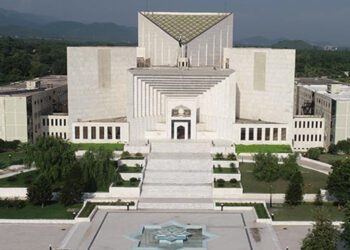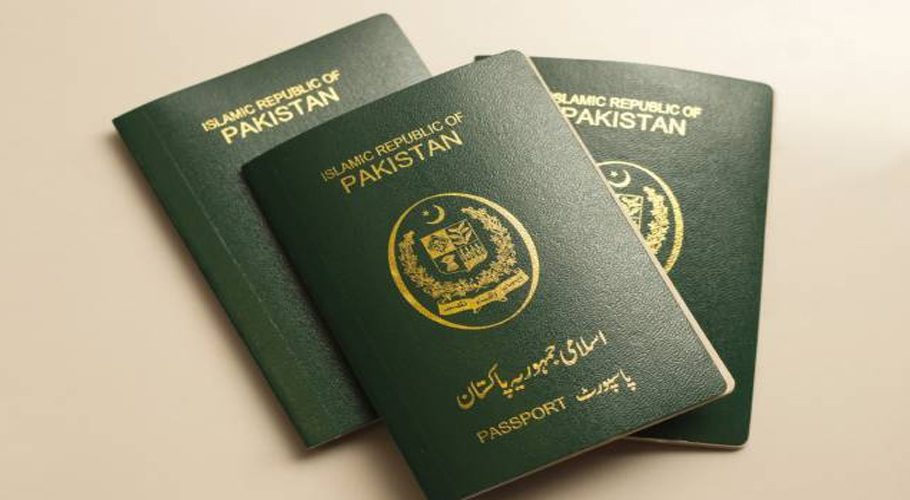Article 370 of the Indian Constitution once stood as a unique provision, granting special autonomy to the region of Jammu and Kashmir.
This constitutional article bestowed the state with a notable degree of self-governance, allowing it to have its constitution and decision-making powers. However, this autonomy had limitations, particularly in matters concerning defense, communications, and foreign affairs.
The Turning Point: August 5, 2019
On August 5, 2019, a historic shift occurred when the Government of India, under the leadership of Prime Minister Narendra Modi, took a decisive step and abrogated Article 370. This significant move was executed through a Presidential Order, followed by a resolution passed by both houses of Parliament. The decision marked a departure from the longstanding autonomy that Jammu and Kashmir had enjoyed.
Included in the Constitution on October 17, 1949, Article 370 exempts J&K from the Indian Constitution (except Article 1 and Article 370 itself) and permits the state to draft its own Constitution. It restricts Parliament’s legislative powers in respect of J&K.
Reorganization and Transformation
The abrogation of Article 370 brought about a profound reorganization of the state of Jammu and Kashmir. The erstwhile state was bifurcated into two separate Union Territories: Jammu & Kashmir and Ladakh. This restructuring not only altered the political landscape but also had far-reaching implications for the constitutional and administrative status of the region.





































